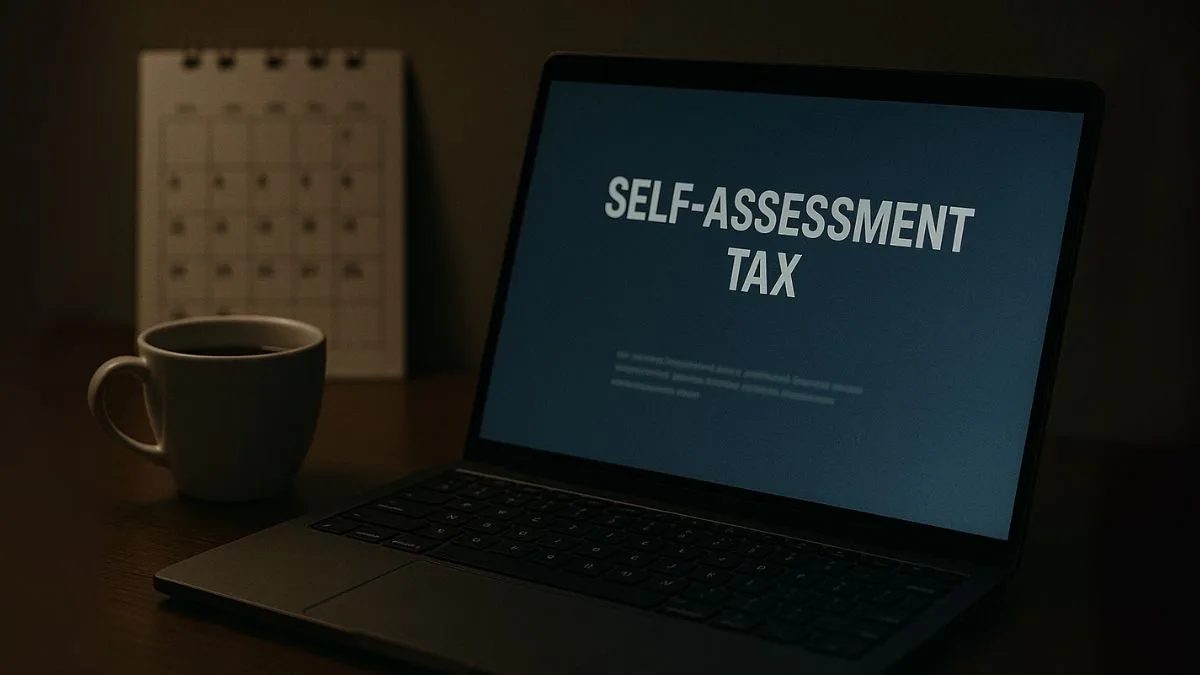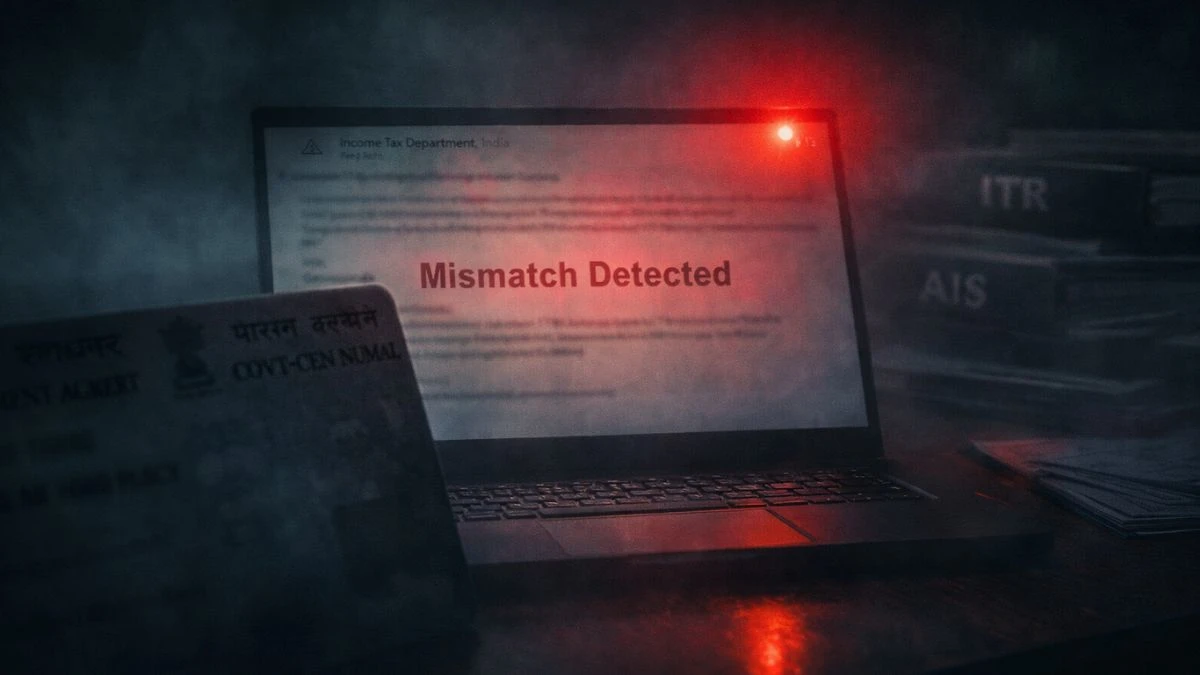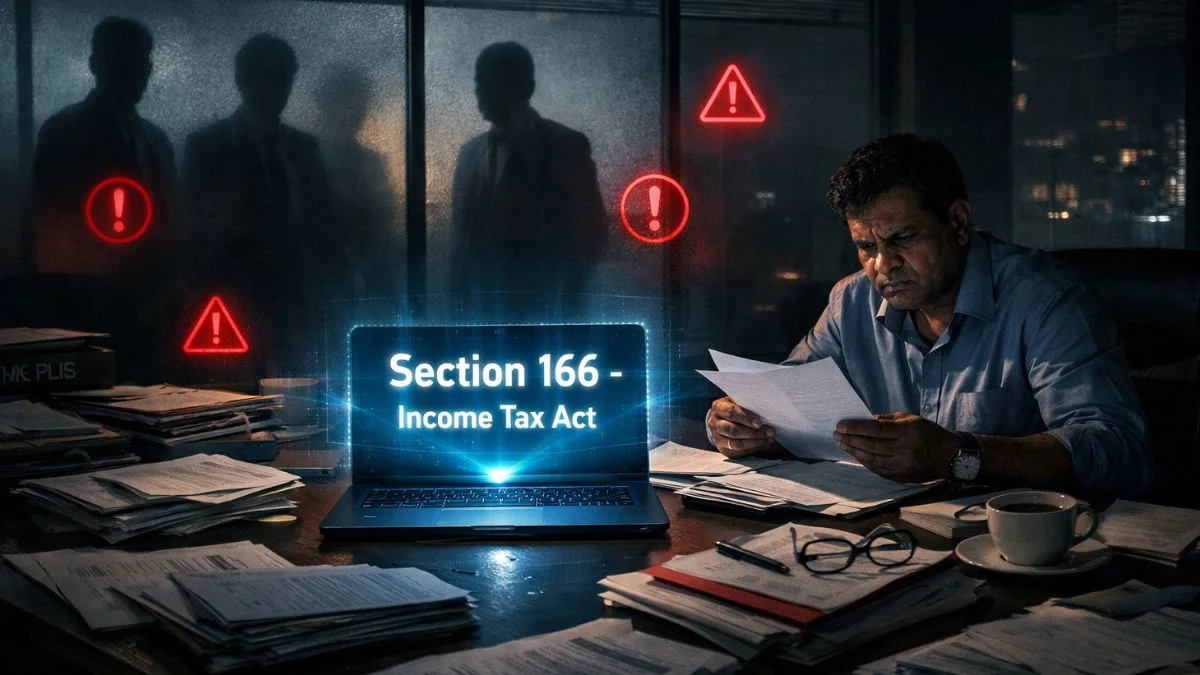
When you're filing your Income Tax Return (ITR) and realize there's still some tax left to pay after accounting for TDS or advance tax—you’ve just entered the world of Self-Assessment Tax (SAT). It's one of the most important yet often misunderstood parts of income tax compliance in India.
Let’s decode what Self-Assessment Tax is, when you need to pay it, and how it fits into your tax journey. Whether you’re a salaried employee, freelancer, trader, or investor—understanding SAT will help you stay compliant and avoid penalties.
What is Self-Assessment Tax (SAT)?
In simple terms, Self-Assessment Tax is what a taxpayer pays at the end of the financial year after deducting TDS/TCS & advance tax from their total tax liability.
Let’s say:
- Your total tax liability: ₹75,000
- TDS deducted by employer: ₹60,000
- Advance tax paid: ₹5,000
👉 Then, you pay the remaining ₹10,000 as Self-Assessment Tax
This amount must be paid before filing your ITR, or your return won’t be processed."
Where Does Self-Assessment Fit in the Tax Payment Process?
Here’s how taxes flow in a typical year:
- TDS (Tax Deducted at Source) – Already deducted by employer, banks, etc.
- Advance Tax – Paid by individuals if tax liability > ₹10,000
- Self-Assessment Tax (SAT) – Final adjustment before ITR filing
It’s the final checkpoint to ensure your dues are cleared.
Self Assessment in the UK vs India
Interestingly, Self Assessment is a system HM Revenue & Customs (HMRC) uses to collect Income Tax in the UK. In this system, individuals assess and report their own income and pay taxes accordingly.
India uses a similar concept in SAT—you assess and pay the remaining tax after all deductions, declaring it while filing the ITR.
Also Read: Form 16: Everything You Need to Know About Your Salary TDS Certificate
When Do You Need to Pay Self-Assessment Tax?
You need to pay SAT if:
- Your TDS is less than the actual tax payable
- You didn’t pay advance tax or paid it partially
- You earned capital gains or interest income not covered by TDS
- You had freelance or business income
Common scenarios:
- Side income from freelancing or consulting
- Interest on FDs or bonds exceeding TDS threshold
- Gains from stock market or crypto without advance tax payment
- Receiving dividend income after TDS mismatch
How to Calculate Self-Assessment Tax?
To calculate SAT, follow this simple formula:
Total Tax Liability – (TDS Advance Tax Paid) = Self-Assessment Tax
Include:
- Tax on total income (as per applicable slabs or capital gains)
- Health & education cess (4%)
- Less: All TDS credits from Form 26AS / AIS
- Less: Any advance tax paid earlier
If there’s a balance due, that’s your SAT amount."
How to Pay Self-Assessment Tax Online?
You can pay SAT easily via the Income Tax Portal:
Step-by-step:
- Visit the portal and log in
- Go to e-Pay Tax section
- Choose Challan No./ITNS 280
- Select the relevant assessment year & ‘Self-Assessment Tax’ option
- Enter PAN, amount, and bank details
- Pay via net banking, debit card, UPI, or RTGS/NEFT
Once paid, you’ll get a Challan Receipt (with CIN), which must be quoted in your ITR.
What Happens If You Don’t Pay SAT?
- Return will be treated as ‘defective’ if you file ITR without clearing the SAT dues
- You may receive a notice under Section 139(9)
- Interest will apply under Sections 234A, 234B, & 234C
- You’ll lose the chance to carry forward certain losses (if filed after due date)
So yes—paying Self-Assessment Tax before filing is a must.
Also Read: Stock Market Profits, No Tax? The 87A Trick Most Investors Miss
Key Points to Remember
- SAT is payable before filing the ITR, not after
- Verify TDS details from Form 26AS or AIS before calculating SAT
- Use Challan 280 to pay SAT online
- Double-check if SAT is applicable based on your capital gains, rental, or side income
- If your total tax liability is < ₹10,000, SAT is enough—advance tax not required
Real-Life Example
Rahul is a salaried employee:
- Salary income: ₹10 lakh
- TDS by employer: ₹85,000
- FD interest: ₹50,000 (TDS not deducted)
- Tax on FD interest: ₹15,000
His total tax liability = ₹1 lakh
TDS = ₹85,000
👉 Rahul pays ₹15,000 as Self-Assessment Tax before filing ITR
Final Thoughts
Self-Assessment Tax might sound like a backend task, but it’s a vital part of the ITR filing process. It’s your last chance to settle tax dues before you sign off your return.
Whether you’re salaried, a trader, or a freelancer, check your total tax liability, deduct TDS and advance tax, and pay the rest as SAT before filing.
Need help calculating and paying Self-Assessment Tax? Let Callmyca.com handle it for you—quick, accurate, and 100% compliant. Click now and get your tax sorted stress-free!











